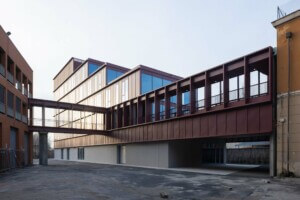The 17th Venice Architecture Biennale operates on several different registers, requiring the visitor to keep pace with thematic leaps and intellectual vaults, analytical flybys, and prescriptive tunneling. Asking the question “How will we live together?” it presents innumerable responses that are likely to be as stimulating as they are self-canceling (as tends to be the case for omnibus exhibitions like a biennial). The exhibition, curated by Hashim Sarkis, an architect and dean of MIT’s School of Architecture and Planning, was delayed a year by a global pandemic that appears to be receding.
Owing to the touch-and-go circumstances surrounding the production, it is tempting to find an improvisatory impetus at work in this biennial. Sarkis, however, stuck to his guns: The thematics and, indeed, problematics he aims to foreground in Venice have not changed since he first formulated them nearly two years ago. In mid-April he spoke to AN executive editor Samuel Medina about his curatorial agenda, post-pandemic life, and the architecture of the cosmos.
Samuel Medina: The Biennale has been twice postponed. The Vernissage has been fixed, finally, to May 20. However, Italy and other Western European countries were very recently under lockdown. So I have to ask, can we expect the Vernissage to go ahead?
Hashim Sarkis: We believe that we are ready to open in May, and the Biennale team in Venice—as well as the participants and the national curators—has done everything they can to figure out how to install the exhibits either remotely or with the help of local partners. There is a regulation in Italy about when they can start the installation process, and we are very close to the 50-day window right now [mid-April]. So, we’re just starting, and that is not unusual. Actually, it’s the norm to be just starting around this time.
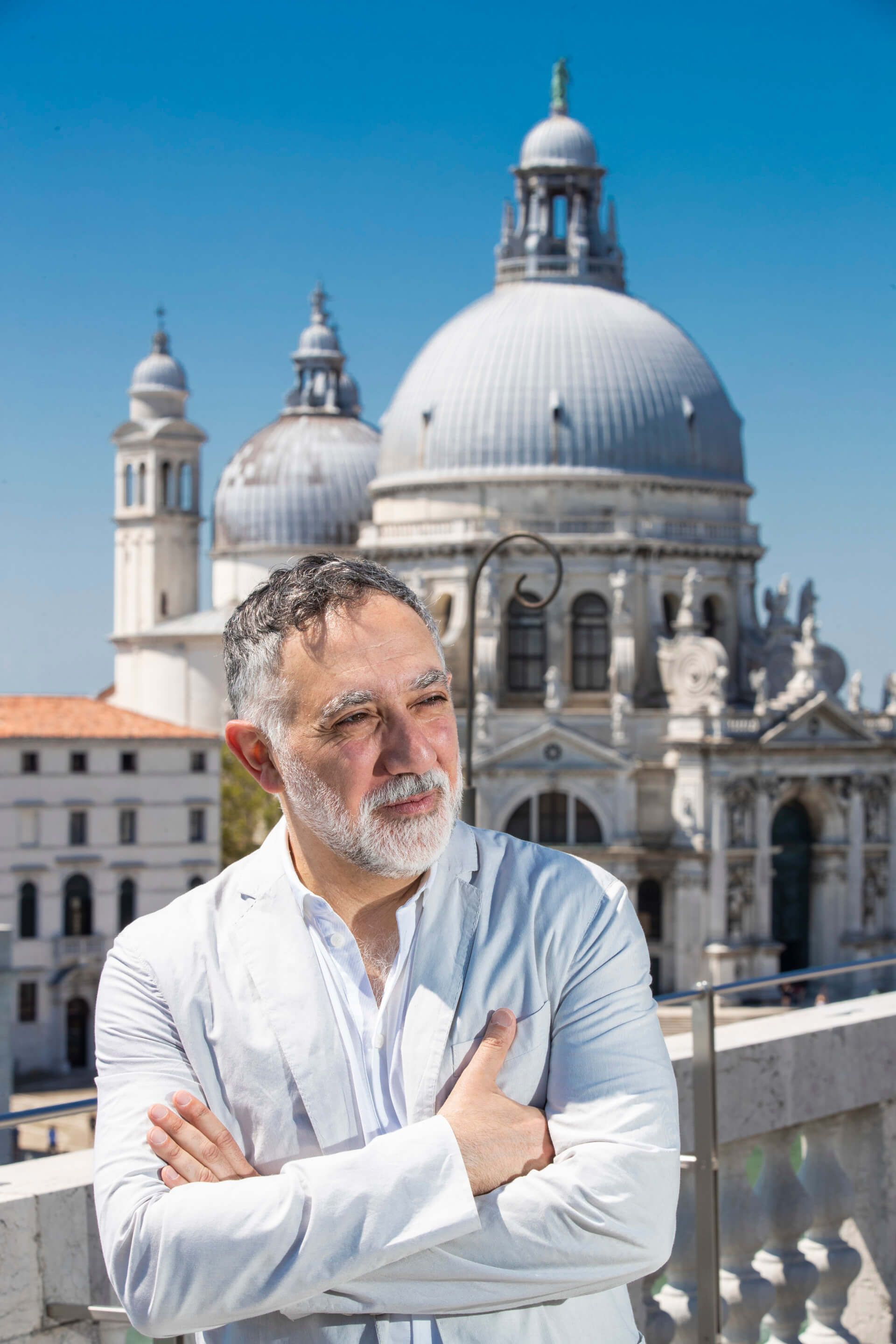
You don’t foresee any hiccups in travel or the shipping of materials?
I can tell you that some participants are already there [in Venice]. They got their paperwork through the Biennale, which will help clear anyone’s paperwork to travel, if they’re willing and able to do so. It’s true that shipping is also going through some delays and that some packages might be arriving late as a result. But so far, we haven’t heard anything that makes us feel like we’re not going to be up and ready by late May.
You have maintained the relevance of the original framing of your exhibition despite the disruption brought about by the pandemic. But given the exigencies of the moment, it seems some adjustments to the exhibition displays and programming are in order. What has been done?
Let’s start with the more practical, logistical concerns. As I mentioned, we have to abide by Italian regulations, which change from region to region. They outline how you can organize an exhibition, where the entrances and exits are, how far apart visitors are, what processes of public health and hygiene you plan to have in place. All of that we have to abide by. But to get back to your question, I would say in a few cases projects have had to adjust the scale [of their displays] in order to allow for circulation flows. Some have had to make compromises about the installations themselves when they aren’t able to ship certain pieces or [have had to] see if they could replicate [them] in Italy. In other cases, where exhibitors had planned to have books on display for visitors to flip through, they have [had] to rethink those plans. And because of the distances people are expected to maintain, the sizes of display screens—and the text and images on them—have [had] to be adjusted. But I have to say, all these changes have helped in simplifying, clarifying, and making many of the displays more accessible. We all know the exhibition is not a book and there is less of that at this Biennale.
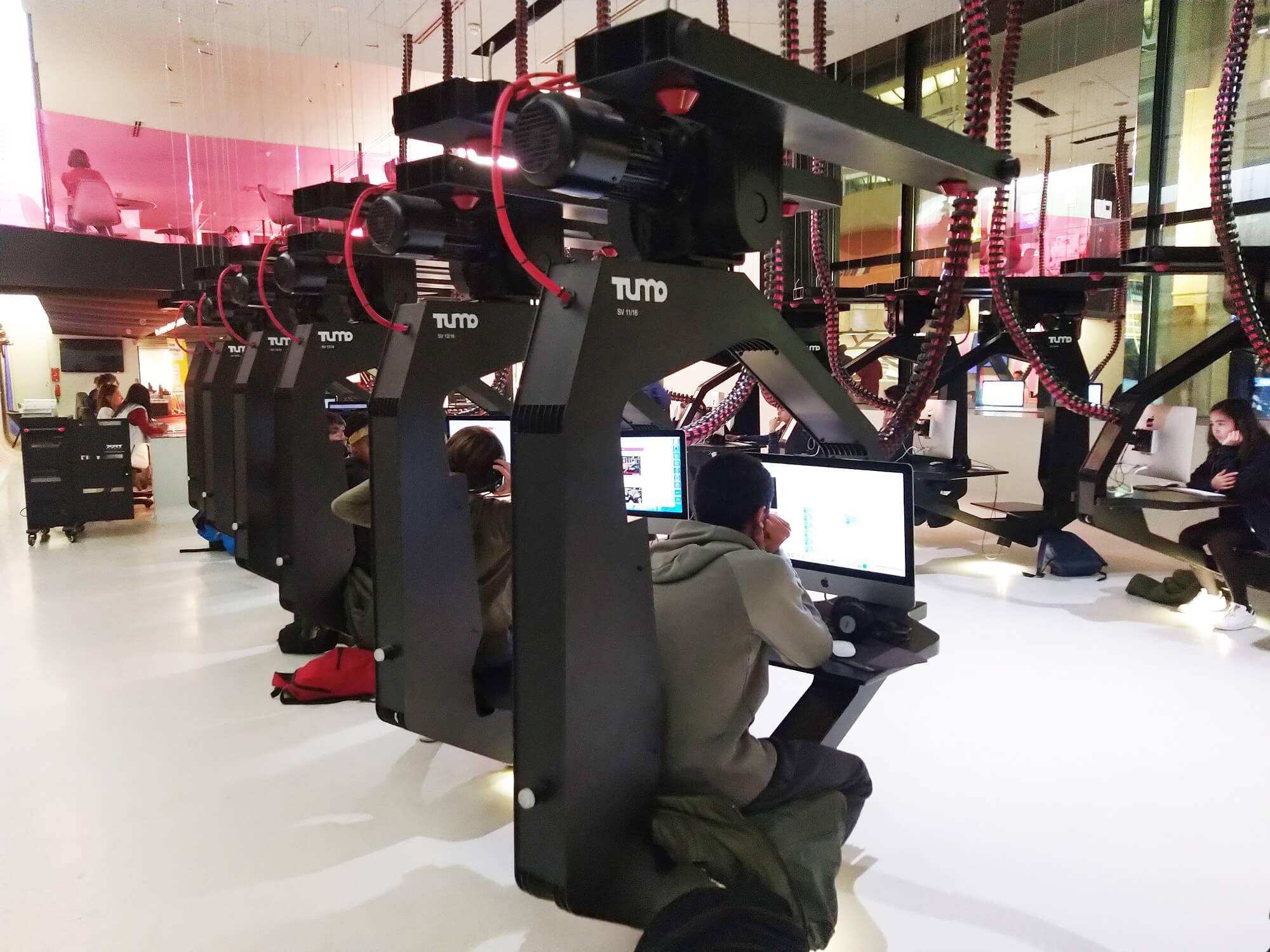
You mentioned the time window with regard to the installation start date. It’s also true that you’ve had a year longer than you had expected. Were you able to use that additional time for programming?
A big part of this past year [the Biennale] participants were worrying about their own health and how to get by, and what to do with their offices when everything was shut down. We only pressed “restart” earlier this year, and when we did, I felt like people had already revisited their projects in terms of refining them. However, it was a luxury—I hate to use that word “luxury” in the context of a pandemic—but one that few Biennales past could afford.
You know, with a Biennale you rush, rush, rush, you send your piece, it’s installed, and then when you look at it, you always say to yourself, “If I had a little bit more time—perhaps a few more months—what would I have done differently?” Well, we had those few more months, and I feel like many people benefited from them. It allowed them to go deeper into the essence of their display and make it more accessible in terms of a show. It strengthened their designs and design thinking.
A moment ago you restated a familiar criticism of [architecture] biennials—that their contents are more suited to an exhibition catalog than an exhibition display. Is that something you tried avoiding from the very beginning, even before the pandemic pause?
I remember serving as the president of the jury of the Biennale in 2016 and one of the recurring—how do you say—“challenges” for us as a jury walking into a project space was when it required us to read it, rather than to experience it. That stayed with me as I began planning this Biennale and began contacting the participants. I told them, “Please emphasize the experience, emphasize the installation. Don’t make it a book!” How architecture presents itself to the world is very important. There are certain aspects of architecture that you can display as one-to-one, but many you can’t. By the time you get to the scale of the city or even outer space—as we do in this Biennale—it becomes very difficult to convey that. That dimension is something I really wanted to challenge with this exhibition.
Can you expand on that? Your curatorial statement foregrounds five such scales.
Let’s begin with the scale of the body, which is actually one-to-one. In Venice, there are two main galleries.
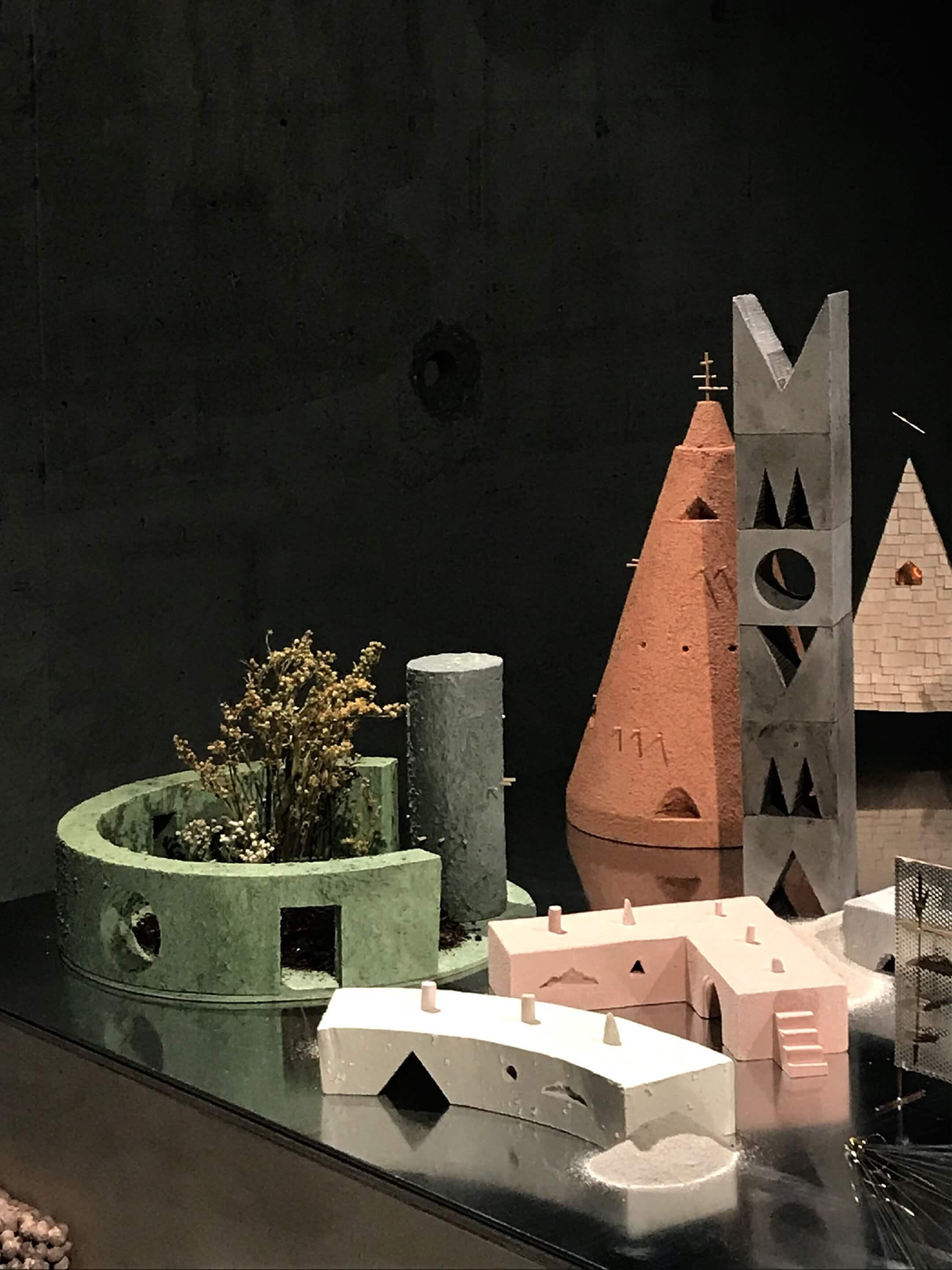
In the Arsenale [the main exhibition hall used by the Venice Biennale]?
Yes, that’s right. These rooms will address this scale of the body. Here, as a visitor you will be in contact with furniture, with clothing, with mannequins, with objects that are at your scale. So you feel like you are confronting the reality of the display itself. It’s not an installation, it’s not a mock-up, it’s the thing itself. That is not something that we’re used to in architectural exhibitions. We usually have a piece of the thing itself, or even less, a representation of the piece of the thing itself.
Then there is the scale of the house—I have to say, we managed to have a lot of one-to-one displays in the Arsenale. So not only will you [be able to] inhabit a room but [you will] also experience the domesticity, the sense of intimacy, that that room creates. From there we jump up to the scale of the community but down in terms of the displays. That is the experience of this Biennale—as the theme scales up, the display scales down. This happens with the final two scales—of borders and of the planet—which use conventional models and images in unconventional ways. For example, there is a model of the planets’ relation to each other. That is just not a scale that we’re used to [dealing with] in architecture.
It’s funny, I thought I heard you say the phrase “the thing in itself.” I suppose I had another phrase from your statement on my mind—the “spatial contract.” Both are, of course, very evocative of the Romantic school of thought.
I know what you mean. When I talk about these scales, I don’t simply mean physical scales. What the exhibition does is translate these into emotive scales. You will see that the projects tend to go, thematically, from empathy to love to affinity. There are projects about curiosity and hospitality, and projects about universality. In all of these the notion of care is very present. I would even say that love is a very important presence.
Again, there’s that Rousseauian echo. I wonder if, whether [in any of your classes] at MIT or in working with the various participants, you encountered any pushback on this point. I imagine that the thematic underpinnings of the show could be construed as Eurocentric.
When the Biennale announced that I was the curator for the 17th Architecture Biennale, the headlines in the Italian newspapers said, “Lebanese architect Hashim Sarkis is named director of Biennale.” Of course, I am Lebanese, but I would not have expected them to put that in the headlines. I have to say, I felt a sense of national pride at that, even though I’m not a nationalist at all. But it also came with a responsibility, which is exactly along the lines of what you’re saying.
This is the first time that the Architecture Biennale is going beyond the Global North, not just in terms of selecting a director but also in terms of representing the rest of the world. I think that Alejandro Aravena [director of the 2016 Venice Architecture Biennale] had already started that [shift] by changing the perception of the Biennale as an event where the whole world comes to see what the Western avant-garde is doing. A stronger dialogue about this very issue began to take shape.
Speaking of dialogues, you’ve been very careful to cast your curatorial theme as a question.
With this Biennale, it was important for me to not make a statement but ask a question: How will we live together? Because there are so many reasons for asking that question—increased political polarization, climate change, the big divide between rich and poor, between rural and urban, the changing perceptions of our bodies and our relationships with others, differences in ethnicities. Of course, asking the question forced me to look for answers from [prospective] participants. That led me to unexpected answers and unexpected places, and ultimately to expand the geographic scope of the Biennale way beyond Europe.
So there’s a high representation of people from Africa, from South America, from Asia, from the Middle East. But I also have to say I was very pleasantly surprised that the national curators themselves started thinking beyond their national boundaries and pavilions and began coordinating with others. There have already been some collaborative symposia online, and we hope that will continue well into the Biennale. To go back to your question from earlier, the extra year gave us the momentum and the space to do that.
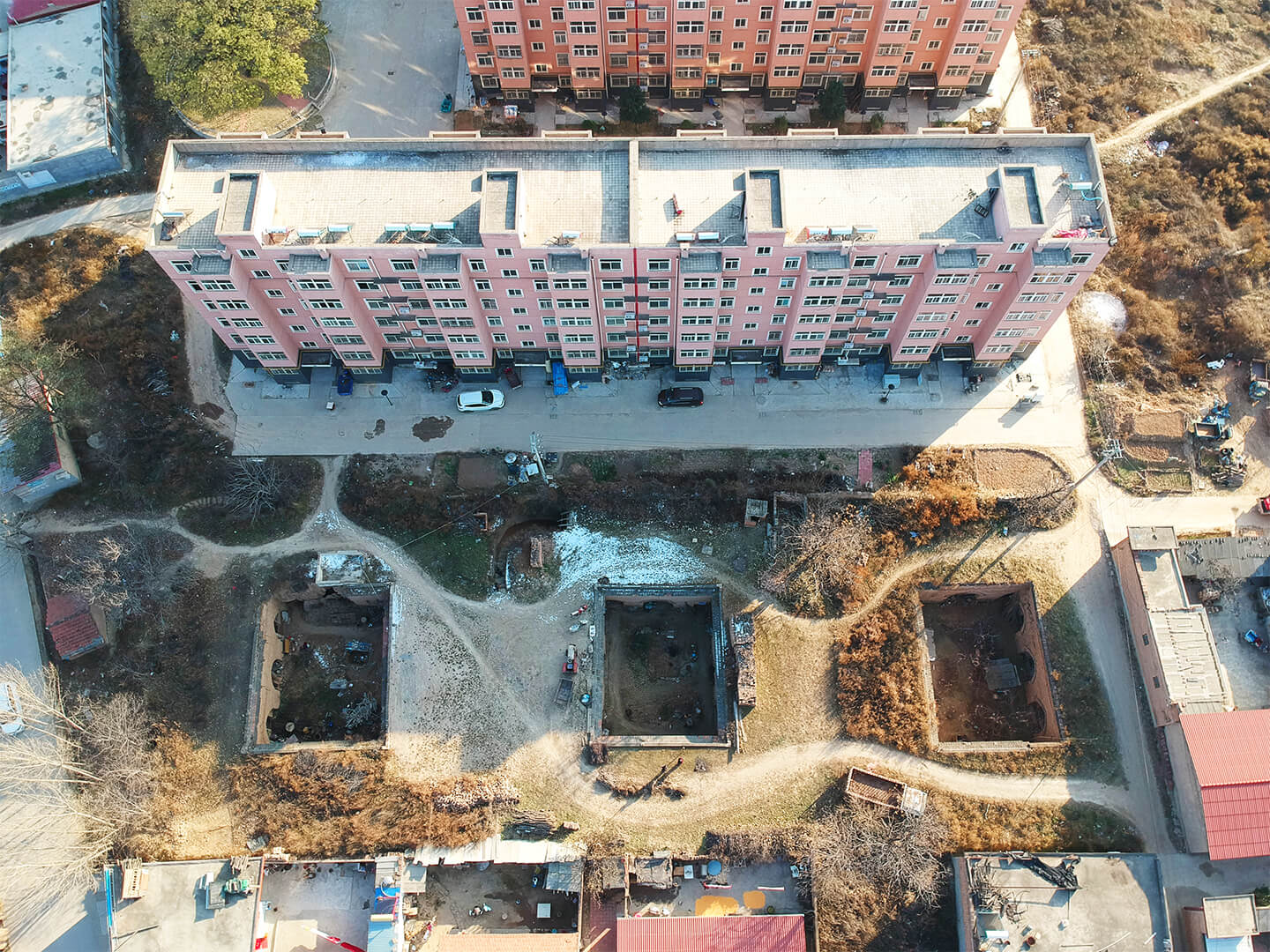
You’ve said elsewhere that the pandemic is not an explicit concern of the exhibition. Why did you feel the need to skirt the issue?
While we may not be addressing the pandemic directly in the exhibition, or in the individual projects, we are addressing the underlying reasons that led us to a global pandemic. There are many questions about what life will be like after the pandemic, but they are very hard to answer; more than that, I feel it’s too soon to answer them. We have seen this year how everyone has needed to have an immediate reaction to the pandemic, but I think we will very soon see the opposite—we’ll be asked to forget the pandemic as quickly as possible. We will find ourselves in a kind of euphoric amnesia in the months to come.
The slant of the question How will we live together? is slightly dispiriting. Reading your curatorial statement, which was released ahead of the pandemic, I sensed a concern on your part for the health, or direction, of civil society. Do you think that’s a fair interpretation?
I’m glad that you used the term “civil society.” It’s everywhere in this Biennale. In fact, “civicness” is one of the lenses I was looking at when I began organizing the exhibition. The disposition of the individual toward others—this is the first gesture of civicness, right? Following this thought I began to expand the notion of the Other to take account of changing subjectivities, not just human subjectivity but also [that of] animals, nature, even cyborgs. From there, I wanted to question the nuclear family and domesticity and see how collectives are formed around the world.
I wanted to find architectural and urban forms of collective living to put on display as a way of saying, “It could be otherwise.” Because we can live otherwise, it doesn’t have to be this kind of adversarial relationship to one’s neighbor. Expanding out again, I began to look at the scale of the community, where you’ll find the most evidence for what civil society is.
The “civicness” you describe leads us back to a social contract and to your spatial contract. How would you define the latter?
In a social contract, you’re giving up some of your personal freedom because you’re [aware] that what you’re gaining collectively is more important. We do that in political discussions, policy statements, and laws, and we do that when we design spaces. That’s a spatial contract. We try in the Biennale to make a connection between architecture and politics, where architecture is the administration of the political rather than a constitutive dimension of the political. I go back to Aristotle, who was the first, I think, to ask that question. And his answer to that question was another question—“Even though we’re in the framework of politics, where’s the city?” He could not imagine an ideal community without the organization—the context and shape and form and hierarchies—of the city.
Consider the dimension of space in helping rehearse, anticipate, ratify, and then overcome the social contract. It’s very important! We seem to somehow [downplay] that. We always want architecture to be a demonstration of an ideal in politics. But architecture doesn’t always do that. It’s slippery that way. And unlike a political statement or a legal manifestation of a social contract, a spatial contract is open. It’s open to multiplicities and simultaneities in a way that a kind of linear interpretation of the law is not.
Relatedly, in your statement you write, “Architects are conveners. This is inherent to what architects do.” At the same time, the way you describe this movement across scales would seem to give architects license to “intervene” at any number of points. Do you mean to set up an opposition between “intervene” and “convene”?
Maybe we should have a whole symposium about that! I never thought about them as [being] different, but it’s actually a very beautiful observation. I would think about it much more. But let me just describe to you very specifically about the convening dimension. It’s at once metaphoric and literal. In relation to the other forms of artistic expression, architecture has always been that of the host. Among muses, the architect was the one [who] was the framework, the containment, and the enabler. The one [who] gave a surface for the painter; the one [who] gave the podium at the bottom of the step for the sculptor; the one [who] created the Lenten or the Latin script to appear on the brick.
But in a more literal sense, we [architects] have a strength in us to synthesize, to connect, to enable because we think projectively. We think with the project. Therefore, the idea that you convene in order to synthesize is very important. And with the growing complexity of problems that we, the architect and nonarchitect, are facing today, there’s a growing interest in the architectural methodology in other fields—whether it’s biotech, public health, law, corporate business schools—to teach them design thinking.
That has a lot to do with [our] ability to be able to [gather] input from a variety of sources and interdisciplinary approaches to addressing complex problems and [then] to come up with a project, with an idea, with a solution, rather than to stop at the analysis. We do that very, very well, and yet we have forgotten about that, or we don’t articulate that very well, we have taken it for granted too much. So if you take the question of living together to mean the spaces in which we live together, then it becomes clear that we [architects] have a responsibility to bring minds together.
A criticism of previous Biennales, and of architects more widely, is that they fixate on solutions.
I strongly believe that as architects, we don’t bring solutions, we bring resolutions. Meaning that, out of particular circumstances and factors of context and contingencies and clients and possibilities, we come up with a resolution, which, by the way, is why every contract is different. It’s not about the what or the how, but about what if…? It takes a particular set of skills to respond in that way. And in this Biennale, we are responding to global problems by asking, “What if it could be otherwise?”
It seems you are more optimistic about things than I had initially thought!
It’s true. If I have been selective in one way in organizing this Biennale, it was that I did not go after critical projects—that is, projects that are just there to undo or to highlight the problems and negativities of our society. I have pushed for optimism. I have pushed for possibility.
On that note of possibility, I want to end as I presume the exhibition will—with the planetary scale. It’s a theme you previously explored in the edited volume The World as an Architectural Project. What is your interest in this “supra-architectural” inquiry?
The only way we can live together [today] is to think through the planetary. As many cosmopolitan philosophers now argue, the only philosophy, the only politics, and, I would argue, maybe the only architecture, is the planetary architecture. We cannot anymore afford to say architecture is only about the locality. Architecture is about the cosmos. And we have to contend with that scale and all its positive, negative, and challenging implications. But that does require different instruments than the ones we are used to.










